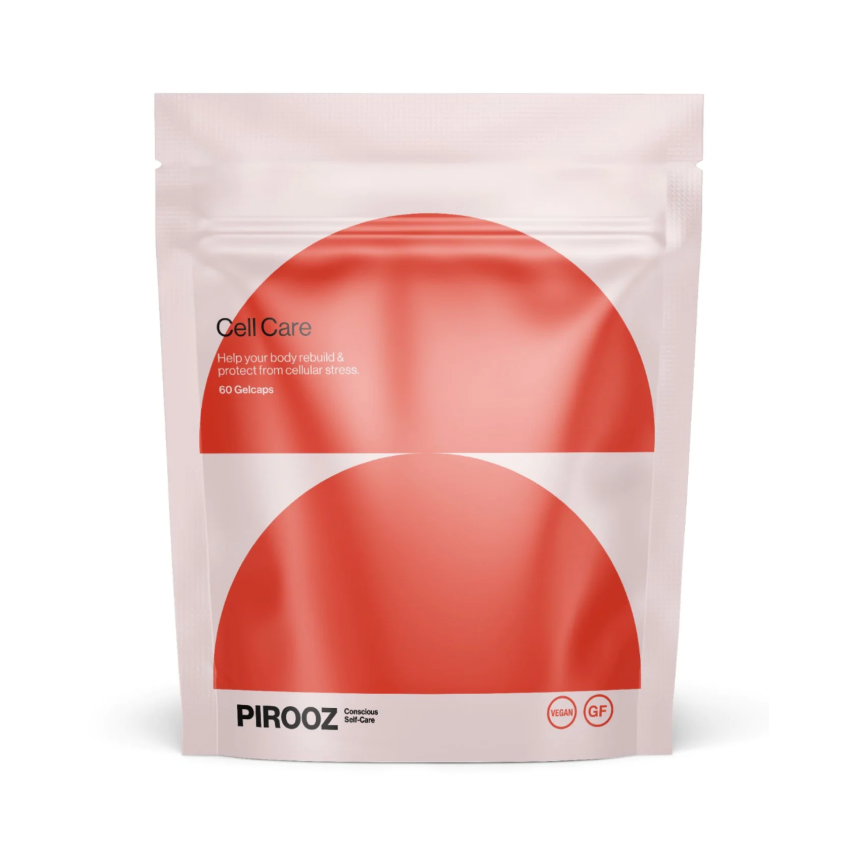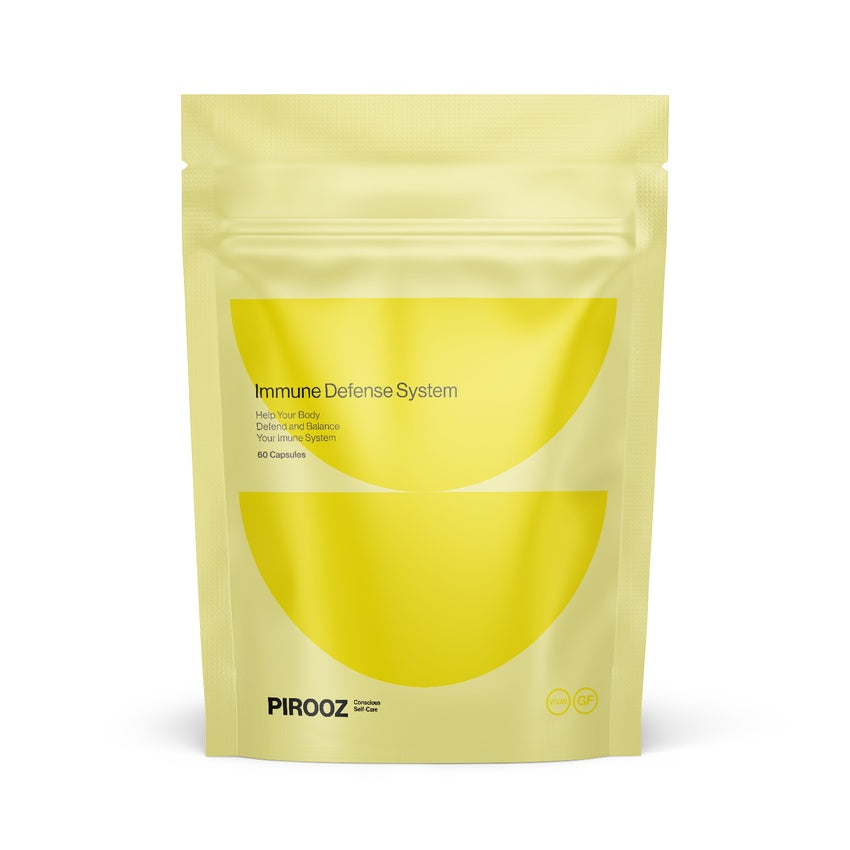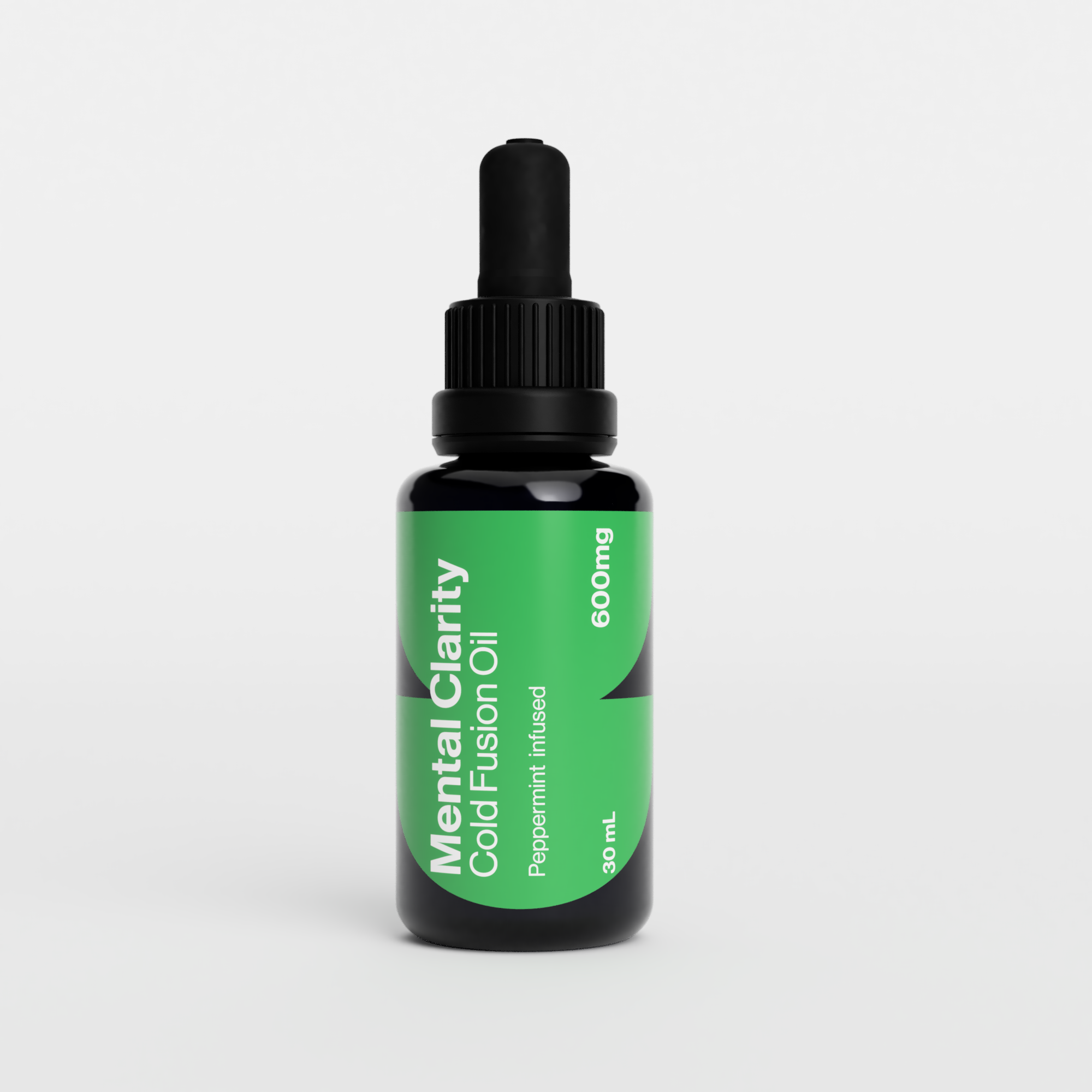The vexing presence of acne-prone skin can indeed be a source of discomfort and embarrassment for those who have experienced its challenges. While severe acne cases may resolve on their own, there exist proactive measures to counteract the stubborn obstruction posed by clogged follicles. Apart from maintaining meticulous hygiene practices, a potent ally in the battle against acne emerges in the form of vitamin C. This article delves into the dermatological realm to explore the multifaceted ways in which vitamin C can contribute to the enhancement of the skin's health and appearance.
1. Mitigation of Redness and Inflammation
Acne, in essence, represents a minor skin ailment resulting from obstructed hair follicles. The causative factors are often linked to escalated oil production, dead skin cell accumulation, and the involvement of inflammation and bacteria. The resultant clogging of hair follicles triggers immune responses, manifesting as redness and inflammation around the afflicted area. Inflammatory reactions associated with acne can be categorized into two forms: Topical application of vitamin C serves as an effective intervention to alleviate both forms of inflammation. This can be attributed to its potent antioxidant properties, which combat free radicals and consequently reduce oxidative stress. As free radicals are neutralized, the skin's equilibrium is restored, mitigating the inflammatory response.2. Combatting Pustules, Whiteheads, and Blackheads
In addition to its role in reducing redness and inflammation, vitamin C also demonstrates promise in the prevention and treatment of the most prevalent forms of acne, namely pustules, whiteheads, and blackheads. These acne subtypes share a common origin—a buildup of sebum within hair follicles—but exhibit distinct characteristics. Vitamin C supplements contribute to the management of all three common acne subtypes by addressing sebum production, a critical factor in pore blockage. Vitamin C effectively addresses these issues through the following mechanisms: Hydration - By hydrating the skin, vitamin C counteracts increased sebum production. Dehydrated skin prompts sebaceous glands to overproduce sebum in an attempt to moisturize the skin's surface. Vitamin C's moisturizing effect minimizes the need for sebaceous glands to operate excessively. Lipid Barrier Reinforcement - Vitamin C strengthens the skin's lipid barrier, a vital layer of natural fats that forms a protective shield over the skin. A robust lipid barrier restricts the entry of bacteria and contaminants into hair follicles, reducing the risk of pore blockage. Collagen Promotion - Vitamin C facilitates collagen production, a pivotal protein that bolsters skin tissue and promotes the shedding of dead skin cells. Effective elimination of dead skin cells is essential in averting pore blockage.3. Alleviation of Hyperpigmentation
Hyperpigmentation, a common aftermath of acne, manifests as dark spots that persist following the resolution of inflammation and the healing of lesions. These spots arise due to heightened melanin production and can evoke self-consciousness due to their impact on physical appearance. Vitamin C plays a significant role in reducing hyperpigmentation resulting from post-acne conditions. It achieves this through the following mechanisms:- Melanin Reduction - Melanin, the pigment responsible for darkening the skin post-acne, undergoes reduction with the intervention of vitamin C. By interfering with the melanogenesis process, vitamin C curtails melanin production and subsequently diminishes hyperpigmentation.
- Inflammation Prevention - Vitamin C's anti-inflammatory properties also contribute to the mitigation of hyperpigmentation. By preventing inflammation, vitamin C indirectly reduces the likelihood of escalated melanin production.
4. Treatment of Acne Scars
Acne scars, often a consequence of severe acne episodes, may result from either an excessive or deficient production of collagen as the body endeavors to repair damaged skin tissue. Acne scars encompass three primary categories:- Atrophic Scars - Characterized by an indented appearance, atrophic scars arise when skin tissue fails to heal uniformly. This scarring type includes "icepick" and "boxcar" scars.
- Hypertrophic Scars - Hypertrophic scars originate from an overabundance of collagen, leading to raised, bump-like scarring.
- Keloid Scars - Keloid scars represent the most severe form of acne-related scarring, occasionally associated with discomfort and itching, and exhibiting outward expansion.
5. Vitamin C Acne Treatment Strategies
The treatment of acne through vitamin C intervention encompasses several avenues:- Diet - The incorporation of a vitamin C-rich diet can aid in the mitigation of acne severity. A diet rich in vitamin C has been associated with strengthened immune systems, fostering collagen production and healthier skin. Consider integrating vitamin C-rich foods such as oranges, broccoli, and peppers into your daily meals.
- Oral Supplements - In instances where dietary sources of vitamin C prove insufficient, oral supplements offer a supplementary means of elevating vitamin C levels. Opt for plant-based, gluten-free immune defense supplements, providing the requisite vitamin C for sustaining vibrant, healthy skin.
- Topical Creams - Topical creams represent another avenue for augmenting vitamin C intake. These creams, directly applied to the skin, can be particularly advantageous in addressing atrophic scarring.












